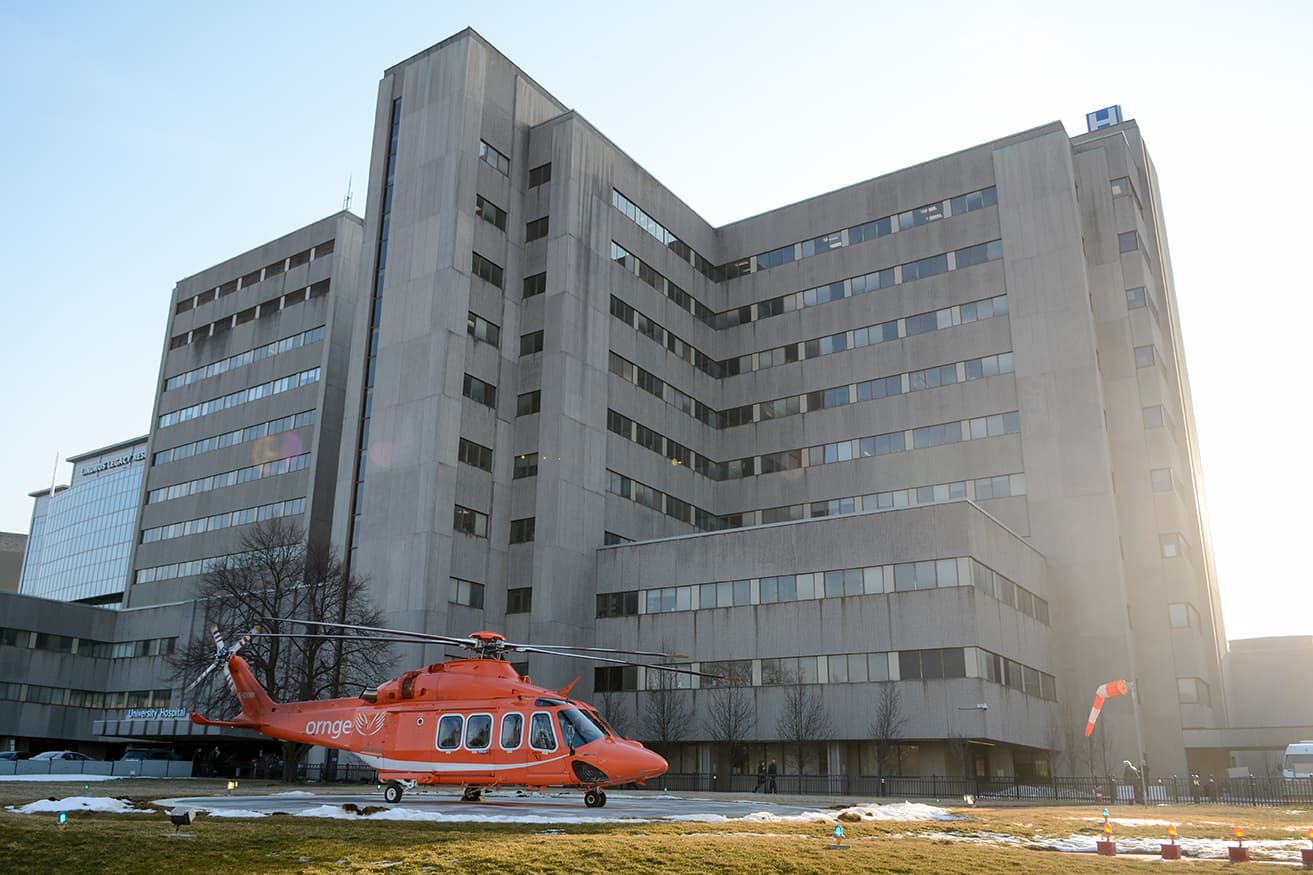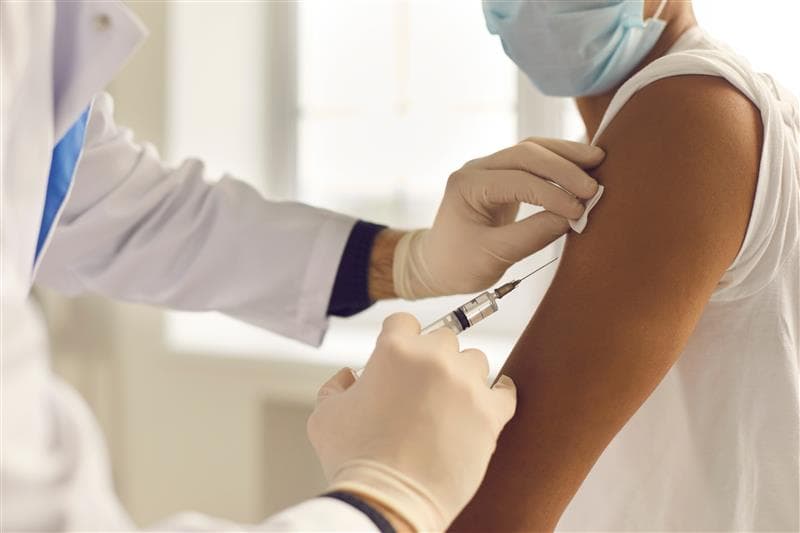Intelligence Analysis
Ongoing Chikungnya Activity Reported in China’s Guangdong Province; Outbreak Response Measures are Ongoing
18 AUG 2025
/
4 min read
Author
Health Intelligence Analyst II

KEY TAKEAWAYS:
- China’s Guangdong Province continues to report cases of chikungunya, a mosquito-borne viral disease.
- Local health authorities are carrying out disease surveillance, prevention, and control measures, coordinating medical resources, and promoting health awareness.
- Global travel, low population immunity, changing environmental conditions, and favorable mosquito-breeding conditions continue to drive the geographic expansion of chikungunya.
Health authorities continue to report ongoing chikungunya activity in multiple areas in Guangdong province in August. Chikungunya is a viral disease that is transmitted by mosquitoes and can cause debilitating illness. Initial symptoms can include a rapid onset of joint pains, high fever, and a rash. The disease is especially severe in people who are immunosuppressed or have chronic diseases.
The recent activity follows the identification of a local outbreak of chikungunya linked to imported cases in the city of Foshan's Shunde District on July 8. As of Aug. 9, approximately 8,000 locally acquired chikungunya cases have been reported in Guangdong province this year, all of which were mild, with no severe cases or deaths reported. For Aug. 3-9, 1,387 new chikungunya cases were reported in Guangdong, a significant decrease compared to the previous two weeks, which reported 2,892 cases (July 27-Aug. 2) and 2,940 cases (July 20-26) respectively. For this period, Foshan City (1,212 cases) remains the most affected, followed by Guangzhou (103 cases) and Zhanjiang (39 cases). In response to the outbreak, local health authorities are carrying out comprehensive disease surveillance, prevention, and control measures, coordinating medical resources, and promoting health awareness focused on environmental sanitation, mosquito breeding ground cleaning, and adult mosquito eradication.
China has reported sporadic chikungunya outbreaks since its first imported case was detected at an airport in Guangdong in 2008. The province also reported the country's first local outbreak, which occurred in Dongguan City in 2010, resulting in over 250 cases. Since then, small outbreaks have been reported, specifically in Guangdong, Zhejiang, and Yunnan.
Factors in Local Transmission and Geographic Expansion
While most chikungunya outbreaks in China have been linked to imported cases from Asia, Africa, or South America, ongoing climatic shifts and increased international travel continue to create conditions conducive to local transmission. The current outbreak is occurring during Guangdong's hot, rainy season, with the province having entered the high-incidence period of mosquito-borne disease, further increasing the risk of local spread. The outbreak has already resulted in the regional export of cases, with Hong Kong reporting its first imported case on Aug. 3 involving a 12-year-old boy who traveled to Foshan's Shunde District, and multiple cases in Macau in travelers returning from Guangdong. Environmental conditions like high humidity, urbanization, and low population immunity drive this rise in chikungunya activity. As rising temperatures and increasing severity or frequency of extreme weather events enable mosquitoes to thrive in previously less conducive areas, the reach of vector-borne diseases is expanding.
Recent outbreaks in French territories such as Reunion and Mayotte further illustrate how sustained chikungunya transmission in one region can result in imported cases and spark local outbreaks elsewhere. Local transmission has already been reported in Europe, including France and Italy. This pattern is also reflected in the current outbreak in Guangdong, where imported infections have preceded local transmission. These events underscore how global travel, low population immunity, changing environmental conditions, and favorable mosquito-breeding conditions continue to drive the geographic expansion of chikungunya. This represents the most complete data available as of Aug. 15.
No vaccination or specific treatment exists for chikungunya fever. Therefore, taking precautions to reduce the likelihood of insect bites is essential. If infected, symptom relief can be attained by resting, drinking plenty of fluids, and taking non-Aspirin pain relievers.
Insect Bite Precautions
- Know when mosquitoes are most active; Chikungunya is typically transmitted by mosquitoes that are active during the day and usually present in urban areas.
- Wear long sleeves and pants.
- Use insect repellent containing DEET on exposed skin.
- When possible, eradicate mosquito breeding areas by eliminating standing water.
- Have secure screens on windows and doors.
- If you are pregnant, immunosuppressed, or chronically ill, consider deferring travel to areas with chikungunya outbreaks.
Learn more about leveraging our industry-leading regional and medical experts for intelligence that helps your organization stay ahead of health risks to your people and operations.
Related
Sharpen your
view of risk
Subscribe to our newsletter to receive our analysts’ latest insights in your inbox every week.
Intelligence & Insights
Intelligence
Worth Gathering
Employing a team of 200+ analysts around the world, Crisis24 is the only source you need for on-point, actionable insights on any risk-related topic.

Article
Active Shooter Preparedness: The CSO Response to Modern Threats
The recent active shooter incident at 345 Park Avenue highlights the evolving threat of workplace violence and how modern CSOs are rethinking their approach to preparedness.
August 13, 2025

Case Study
Global Health Services Provider Engages Crisis24 for Executive Protection and Integrated Risk Management
A global health services provider chooses Crisis24 for executive protection, employee safety, and intelligence-driven risk management.
August 13, 2025

Intelligence Analysis
Growth of Shadow AI Underscores Need for AI Governance
Although employees are increasingly adopting AI tools to enhance productivity, these technologies pose significant risks to businesses without proper governance.
By Jonathan Vincent
August 12, 2025

Intelligence Analysis
Red Sea Attacks Underscore Persistent Al-Houthi Threat
Shipping companies are likely to continue avoiding the Red Sea in the medium term amid the persisting Al-Houthi threat.
By Alex Watt, Danielle Marais
August 11, 2025





